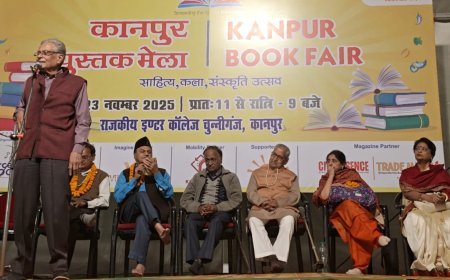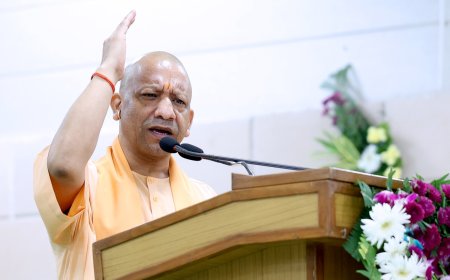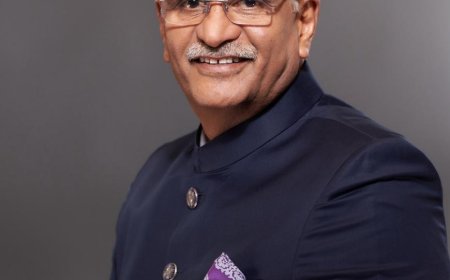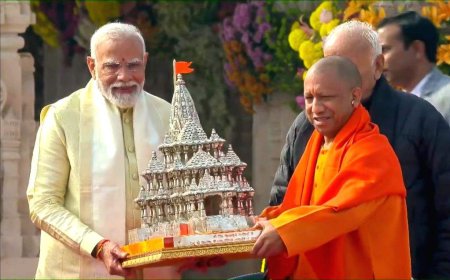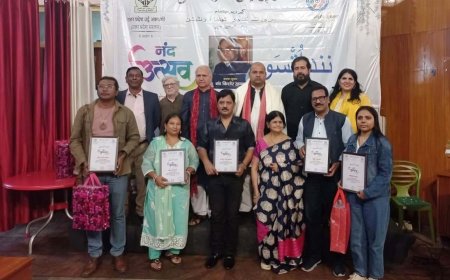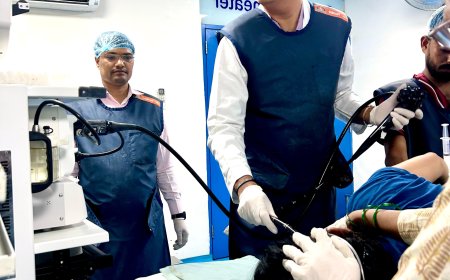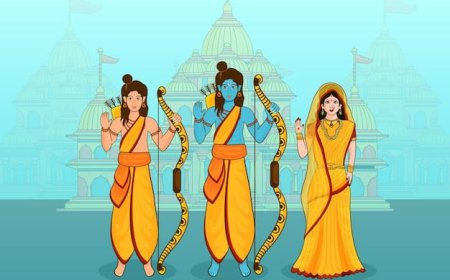Blood Moon Lights Up India: Rare Lunar Eclipse After 122 Years
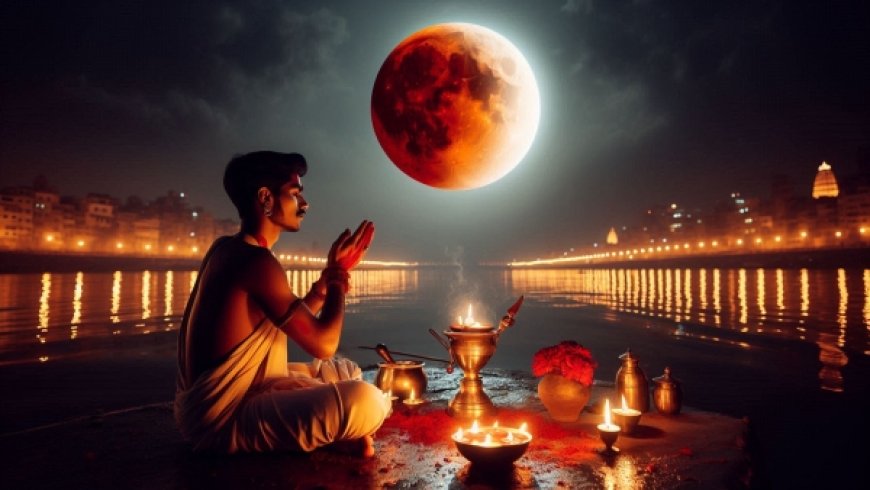
India witnessed a celestial spectacle recently as the year’s second and final lunar eclipse unfolded across the skies. The event, which began at 9:58 pm and concluded at 1:26 am, was visible across major Indian cities including Delhi, Jaipur, Kolkata, Mumbai, Chennai, and Lucknow. This eclipse occurred in the Aquarius zodiac sign and under the Purva Bhadrapada nakshatra, making it astrologically significant.
What made this eclipse extraordinary was its rare alignment with Pitru Paksha, the fortnight dedicated to honoring ancestors—a phenomenon occurring after nearly 122 years. Pilgrims thronged the ghats of Prayagraj for ritual baths and offerings, although rising river levels restricted access to the Sangam. Priests guided devotees in performing shraddha and pind daan ceremonies, believed to bring blessings to departed souls.
The eclipse also offered breathtaking views of the “Blood Moon”, as the lunar surface turned crimson over Ranchi, Thiruvananthapuram, Delhi-NCR, and Kolkata. Astronomers explained that the reddish hue occurs when Earth’s shadow filters sunlight, allowing only red wavelengths to reach the moon.
While scientists assured that lunar eclipses are safe to view with the naked eye, astrologers urged caution. They warned of potential unrest in northern states like Uttarakhand, Punjab, and Uttar Pradesh, predicting natural disruptions and political instability. Pregnant women, children, and the elderly were advised to avoid stepping outdoors during the eclipse.
Across the country, temple doors remained shut and idols covered until the eclipse ended. At Badrinath Dham, rituals were suspended from afternoon onwards, resuming only after the moksha period ended at 2:24 am.
Astrologers noted that the eclipse carried mixed effects on zodiac signs—Gemini, Cancer, Leo, Libra, Scorpio, Capricorn, Aquarius, and Pisces were asked to exercise caution, while Aries, Taurus, Virgo, and Sagittarius were said to benefit from the celestial occurrence.
Globally, the eclipse was visible to nearly 85% of the world’s population, stretching from Asia and Africa to Europe, Australia, and the Americas. The next widely visible total lunar eclipse in India will occur on December 31, 2028.
As the skies returned to normal, devotees closed the night with donations of rice, milk, ghee, and clothes, seeking peace for ancestors and blessings for the future.
What's Your Reaction?











